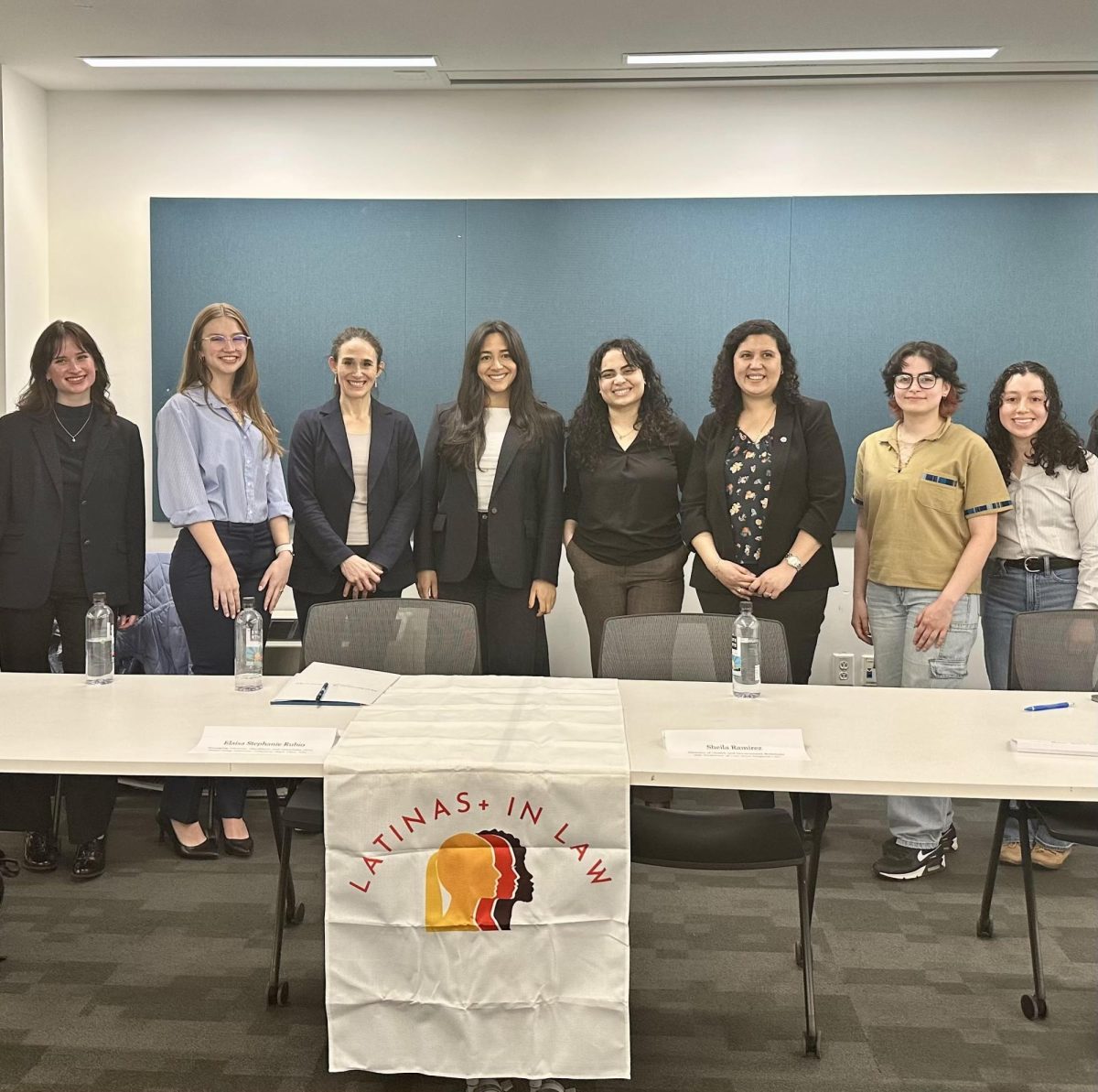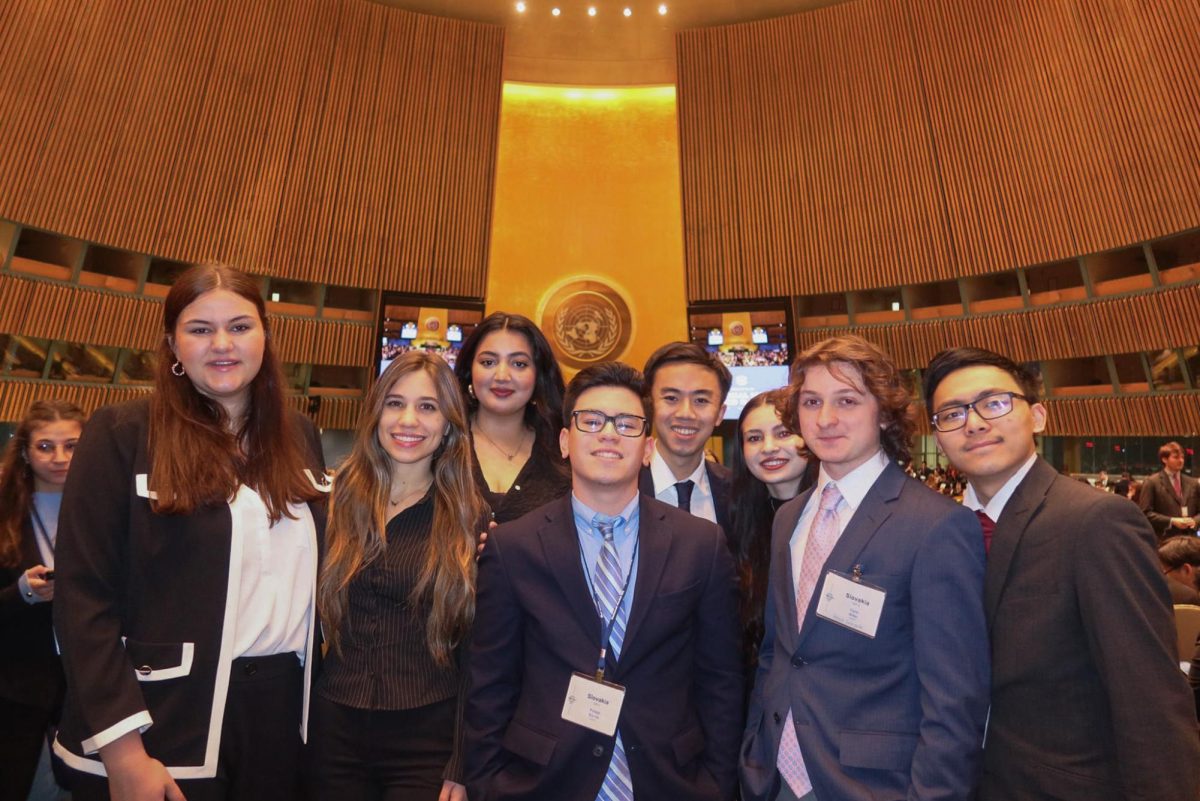By: Kelly Harvell
The Health and Wellness Peer Educators (Supers) spoke to students last Wednesday, educating them on alcohol safety and ways students can have fun and be responsible at gatherings at their apartments.
“The main point we want to get across is safety. Students don’t realize that when they throw a party, they are taking on specific responsibilities and potential liabilities,” student speaker, Alexa Discepolo, 2012.
The lecture opened with recent reports of students from St. Louis University, Wentworth College, Penn. State, and Boston University all reportedly died from fatal falls involving alcohol abuse.
“There have recently been multiple deaths, one which includes a student at Boston University, that were alcohol related. We just want to inform students on how they can prevent accidents that can be avoidable,” said Junior, Greg Zolotas, student speaker.
The speakers went on to explain how students can throw parties, but make sure to do it in a safe way. The tips included having food (try to avoid salty chips and pretzel), serving a non-alcoholic beverage, and serving beer instead of hard liquor. They also said that the host shouldn’t drink too much.
The Supers covered school, city, and state policies. They advise students to always cooperate with officers, namely not ignoring them or arguing with them because the best place to ever argue is in court.
Besides tips and policies, the speakers educated students by giving them basic information. This information included knowing B.A.C. levels, understanding what binge drinking is, and knowing the signs of alcohol poisoning.
In the lecture, statistics were used in order to give a reality check to Suffolk students. Students believed that 44.9 percent of students used alcohol daily, when in fact, only 1.3 percent of students reported daily use.
A statistic from collegedrinkingprevention.gov sparked debate by stating that, “thirty-one percent of college students met criteria for a diagnosis of alcohol abuse and six percent for a diagnosis of alcohol dependence in the past twelve months.”
“Those national statistics seem kind of high,” said Efe Osifo, a Junior who attended the lecture. “Yeah, students tend to drink more on the weekends, but that is just it. I think it is more important to focus on the situation in which student’s drink, not how much they drink.”
“I do think that those statistics are incredibly high. We are in college, so drinking is kind of inevitable. I understand that after college you have to buckle down, but now is are prime time to have fun,” said David Hincapie, 2011.
A question raised at the meeting was if an average of six percent of college students are diagnosed with alcohol dependence, then why is Suffolk considerably lower than the national stat?
“The situation in which a person drinks is more important when factoring whether or not they are considered alcoholics. If a student becomes dependent on alcohol, for example says ‘I can’t focus, I need a drink’ or ‘I got in a fight with my parents, I need a drink’ then they could be dealing with alcoholism,” said health educator Liz Drexler-Hines. “Focusing on the statistics, that is a sticky situation. Every website designs their survey differently. That six percent could represent students who binge drink 3 or more times a week, not students who drink daily.”
“Although a lot of this information has been presented before, I feel more aware and ready about attending and hosting parties in the future,” said freshman Francesca Famosi.












